We’ve talked about baby led weaning here before but I find it so interesting seeing how different people tackle the whole weaning process. I was firmly in the puree camp but could completely get on board with the whole BLW thing nowadays. It seems much simpler but then I didn’t have to deal with the added stress of baby allergies. I cannot even begin to imagine how hard that must be. I’m happy that today we have Amy here to share her experiences with her son Henry.
When my son, Henry, was five months old he was diagnosed with a dairy and wheat allergy. He had terribly bad eczema and struggled to put on weight. At that point I was exclusively breastfeeding and my own diet was heavily based on toast, pasta, cake and cheese! To keep breastfeeding I needed to completely change my diet, not easy when I was still in the early days of parenthood and struggling to keep on top of the most basic day to day tasks.
When we got started on weaning then his existing symptoms flared up and he experienced lots of tummy problems. More allergies became apparent, expanding to all gluten, eggs and soy, as well as dairy.
At that point I felt knocked for six. I had been so excited about weaning; I’d been told by many friends how brilliant baby-led weaning (BLW) was, I’d read all the books and attended the courses. But now it seemed that it just wouldn’t work for us. BLW is all about skipping the purees, being relaxed and letting babies explore different foods that the rest of the family is eating – how could we adopt that approach when we were constantly battling symptoms and anxious about Henry’s weight gain?
We were advised to stop weaning completely at that point and have a break. I found this bit so hard. Although Henry had been getting lots of symptoms, he had been loving the eating side of things! For the first time I felt left behind the mum friends I’d made, who were all seemingly steaming ahead with increasingly varied and exciting finger foods.
Having a pause turned out to be the best thing we could have done. When we started again at 7 and a half months, with support from a wonderful dietitian, I began to realise I just needed to be patient and introduce food slowly. Henry might not be able to share our meals in the exact BLW tradition, but he could still explore food and have fun with it, even if it was only a steamed stick of butternut squash! I started to realise how the principles of BLW could really help allergy babies, many of whom can develop more general food aversions.
Once we began to build up a list of safe foods, I became determined that Henry would have a varied and interesting diet. It was really difficult at first to think of what meals he could have, but I started becoming more confident in adapting ‘traditional’ BLW favourites like muffins and fritters, and did loads of research to find recipes he could enjoy. Now, at 2 years old, he still has all the allergies he started out with (although his reactions have thankfully become less severe), but he absolutely loves to eat and is really adventurous.
Whether your child has a suspected intolerance or multiple confirmed allergies, here are my top tips for how to make BLW work:
1. Get professional advice, as soon as possible. You can only be confident in weaning your little one if you know what to do if your baby has a reaction. This will vary based on the severity of the allergy and whether it’s an immediate or delayed reaction. Ideally, get a referral from your GP to see a paediatric dietitian. If allergies are suspected but not confirmed then get advice on how and when to safely introduce those foods.
2. Start slow. You don’t need to jump straight into breakfast, lunch and dinner. Start by introducing one new food every 3 days; this is how long a delayed reaction can take to appear. When you know a food is safe you can tick it off your list and then start combining.
3. Avoid processed foods to begin with. When you see a long list of ingredients, warning bells should ring! If your baby reacts, it will be very hard to know what has caused it. This is unfortunately especially true for free-from products which often need a lot of additions to taste good. Henry couldn’t eat free-from bread until he was 1, but I never worked out which ingredient had been disagreeing with him.
4. Protect sensitive skin. All babies can get sore skin when acidic foods like fruit and tomatoes are smeared around their mouths, but allergy babies tend to have especially sensitive skin. Our paediatrician suggested spreading some Bepanthen nappy cream around Henry’s mouth before meals to form a protective barrier, and I found this really helped.
5. Get informed. Read BLW books (my favourites were Baby-led Weaning: Helping Your Baby to Love Good Food and The River Cottage Baby & Toddler Cookbook), look at national guidelines on what food is safe, and do a first aid course. This all arms you with the tools you need to be confident in what you are doing and what your baby can cope with.
6. Don’t compare. It might seem that your child is being left behind on the exciting meals front, but try to remember that everyone struggles when feeding their babies and toddlers. Even kids who can eat anything in theory might end up with a restricted diet as babies and toddlers can be so picky (and fickle!).
7. Make life easy. Especially early on, do whatever you can to be kind to yourself. Buy your veg pre-chopped to save time and don’t feel bad about it! When you move onto meals, choose things you can bulk cook and freeze to make the most of your effort.
8. Be flexible. I got into thinking that if you couldn’t wholeheartedly do BLW then you wouldn’t get all the benefits. Needless to say, I was wrong! Many people do a combination and it’s fine. If you are advised for example that your baby needs to have some purees to know much they are getting, then simply combine the two approaches, or wait and add BLW later. You could start off playing with carrot sticks and then follow with a bit of carrot puree.
9. Keep a food diary. Each day make a brief note of what food your child has had and any symptoms. This really is invaluable for looking back at what might have caused a reaction, given that this can happen up to 3 days after eating the food.
10. Take a deep breath and enjoy it. I know from experience that having a baby with allergies means that there are so many difficult emotions mixed up with feeding your baby, especially if they have struggled to gain weight. It’s difficult not to hover over them and try to cajole them into eating one more bite. This will come with time, the most important thing is to give them a chance to explore and play with the food. Remember that your baby will pick up on your emotions, so try to relax. Or do what I did and fake it, until one day you find it’s coming naturally!
I started up my website beyond-broccoli.com to share all the research I did to find suitable recipes and to support other people who are struggling, like we did at the start. All the recipes are free from dairy, gluten, egg and soy. Follow @beyond_broccoli on Instagram for new recipes added each week.



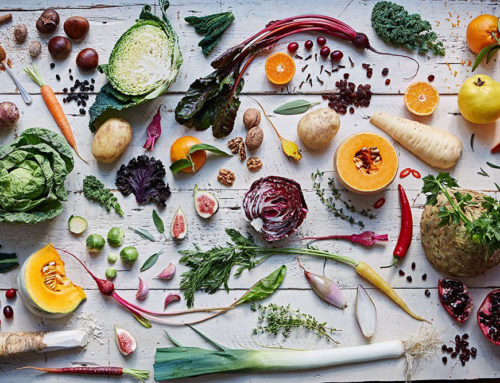
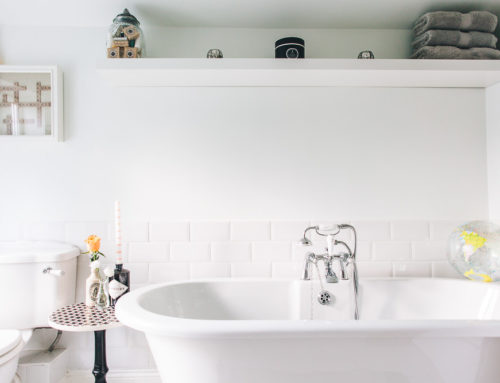
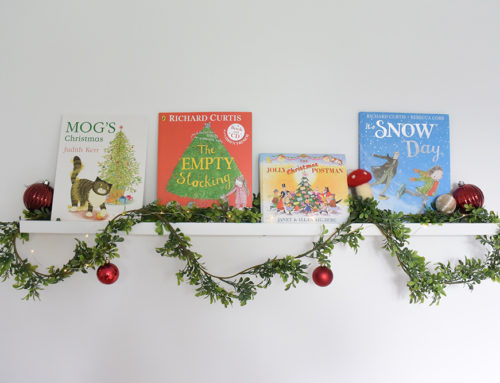
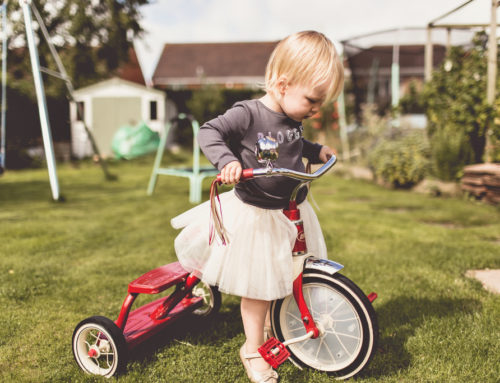
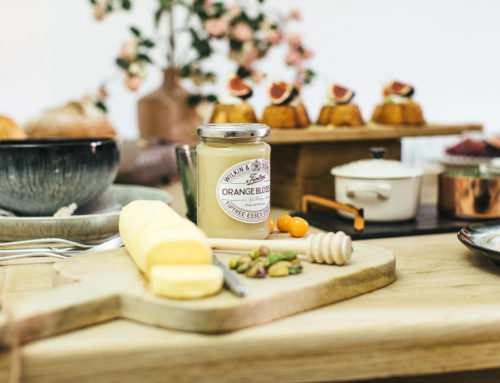
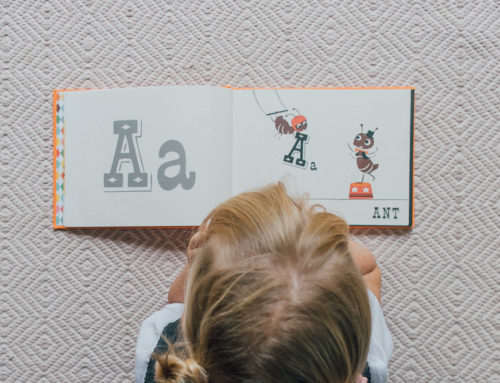
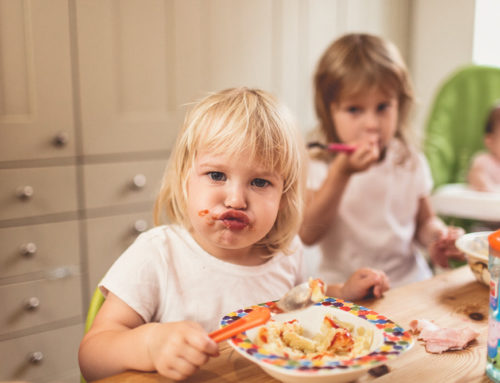
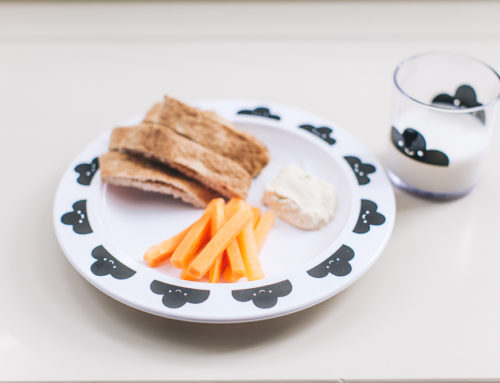
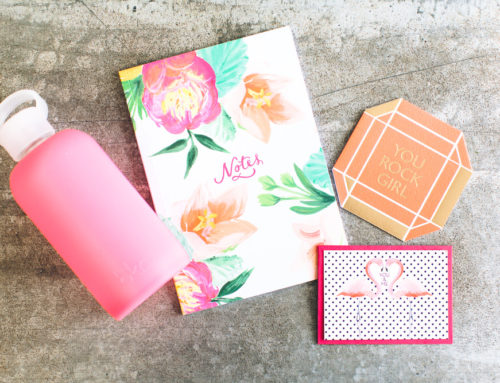
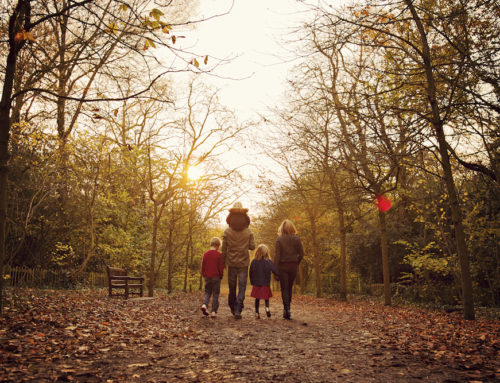
Thank you for this post. My son has a dairy and egg allergy, which took months to diagnose. We finally got it onfirmed at 8 months old! He loved eating when we first started weaning, but because of the reactions to food, he refused to eat anything. Now at one year he’s finally starting to show a little interest in food. Although, now we’ve realised we have to be careful with what he sees us eating as he wants to try some too. I will definitely be checking out the website for some inspiration!
Ha, yes I’ve done plenty of hiding behind the fridge door to eat a chocolate biscuit! Glad to hear that your son is starting to show an interest in eating, it’s no wonder they are so suspicious of it when their first experiences just cause them discomfort. Really hope the website gives you some good ideas for meals that you can all enjoy together x
Great post! My son had cows milk protein intolerance and soya intolerance. At 2 he’s grown out of it but it was a long journey to figure out what was wrong, and eventually build up his toleranxe. I breastfed until he was 13 months so had to adapt my own diet too. It’s very difficult and I can’t imagine how difficult with numerous allergies. We also did BLW. I found our biggest challenge was weight gain. My dietician explained we have a mindset of no fat but we need fat- so add oil or dairy free butter to veg, avocado became our best friend, and we also used coconut cream as a milk replacement to make things like rice pudding. She encouraged me to give dessert for both lunch and dinner (this could be fruit and coconut yoghurt rather than cake!) He thrived again, but I struggled without my chocolate biscuits!!
These are great tips. I agree that the weight gain issue is one of the hardest, and I still have residual anxiety about it at age 2, even though he’s growing fine now. In the early days you can feel such a failure when GPs/health visitors are constantly pointing out your child is underweight but often offering no solution. As well as what you’ve said, I give a lot of nut butters – spread on biscuits/added to smoothies etc. for extra calories.
13 months without chocolate biscuits! That is real dedication x
Hi Amy! wow, I wish I had found your website/instagram sooner – my little girl started off with wheat/gluten and dairy/soya intolerance but we struggled to get a diagnosis due to the fact she was happily gaining weight and appeared “healthy”. Our main issue was blood in her nappy whilst I was BF-ing and despite cutting out loads from my own diet such as milk, soya, wheat etc. I also had to cut out legumes, sweetners (which then meant no supplements for me or calpol for her!!) and probiotics, she still had blood in her stools and terrible tummy ache. It was such a hard decision to move over to formula (Neocate) but our GP pointed out that the blood was a sign of damage being caused and we shouldn’t ignore it. If I’m honest, our dietician was useless and once eventually referred, our paediatrician appointments left us more confused (she was chubby, and no external symptoms – they didn’t take us seriously) and frustrated. I pleaded for help with weaning and in the end drove myself to breaking point keeping a food diary as it seemed one week she would react to sweet potato, the next she was fine but had a reaction to broccoli. The words from my own mum still ring in my ears… “well, what food is she not allowed to eat today?!” and still feel upset that nobody really helped me. My mum was convinced she just had “colic” as apart from occasional blood in her stool, the other symptoms were purely subjective… hubby and I were the ones dealing with the night time screaming, burping, farting and refusal to be laid flat.
Having said all that, we made it through the other side. She has just turned 2 and is happily eating wheat/gluten (when necessary – eating out etc. ‘cos after excluding it for so long we are so used to and actually enjoy the alternatives!) and we are now less worried about “cooked” milk products in small amounts every so often. She still has milk before bed – but it’s Koko and I don’t intend on making the switch, and she turned her nose up at a spoonful of yoghurt when we went to try it a month ago! Anywaaaaay – long rambly comment, meaning to say well done for putting it out there, really wish I had found you at the time and I’m certainly sure you will be saving some other mummies/daddies sanity for sure!! X
p.s Young Gums (on instagram) was my saviour – check out her page/recipes for awesome pram snacks. I think she was even featured on these pages last year!
Hi Maddy, thanks so much for your comment. We also had a hard time getting an initial diagnosis, and that was with pretty classic symptoms of eczema, failure to gain weight, vomiting etc. I can’t imagine how difficult it must have been for you. No calpol! It sounds like you’ve done amazingly well to get to where you are without good dietitian support. My son is a similar age and we’ll be attempting the milk ladder soon, so it’s good to hear you’ve made some progress with baked milk and wheat. Like you though, I actually feel that now we know what we are doing, some of the alternatives we use are probably preferable!
So much love for this post – I will definitely be checking out your webpage/IG Amy. It’s so bloody hard isn’t it, but my 2 year old has now nearly cleared the soya and milk ladders and loves her food. I wouldn’t wish allergies/intolerances on anyone but it certainly made us more inventive and creative with weaning. Every cloud and all that…Unfortunately we’re now going through the whole cycle again….my 5 week old has been diagnosed with a milk protein intolerance and we suspect there’s something else going on too; maybe soya or egg…I’m just hoping he will tolerate G&Ts and wine!
I totally agree, having been forced to put so much thought into my son’s diet I’m sure I feed him much better meals than I would have done otherwise! Really good to hear that your 2 year old has made progress, we’ll be attempting the milk ladder soon. Sorry to hear that you’re going through similar with your second though, it’s so unfair – fingers crossed for the G&Ts x x
Where do allergies come from?
Many body reactions are interpreted completely wrongly and usually also wrongly treated. Allergies, for example, are not treatable with medicines; medicines may possibly alleviate the symptoms, but the causes of the allergies persist. How do allergies develop? The Scientific Research Center of the Dayeng Foundation has been investigating the causes of these and other diseases for over 30 years. These studies have clearly shown that a disturbed or too weak immune system is responsible for these diseases.
A healthy immune system can deal with many natural negative influences excellently, for thousands of years the human immune system has proven to be very good. The immune system, however, can not cope with unnatural influences. Nature has made no mistake in developing the immune system. Man, however, constantly intervenes in this perfect system. Here are the causes of allergies and other diseases.
The Dayeng Foundation has developed individual therapies on the basis of the research results, which repair the immune system, so to speak.
The results are amazing. Since the founding year of the therapy center in 2001, the accurate statistics show a positive treatment success of approximately 100%.
Intense scientific research, in collaboration with other international scientists, was the foundation of creating these successful therapies. The affected people want to live a normal life again and do not always rely on drugs whose side effects often cause considerable organ damage. Reaching a normal life for those affected was the goal of our research. More information here: http://lupus-trust.net
Dr. Stefanie Hillinger
Dayeng Foundation